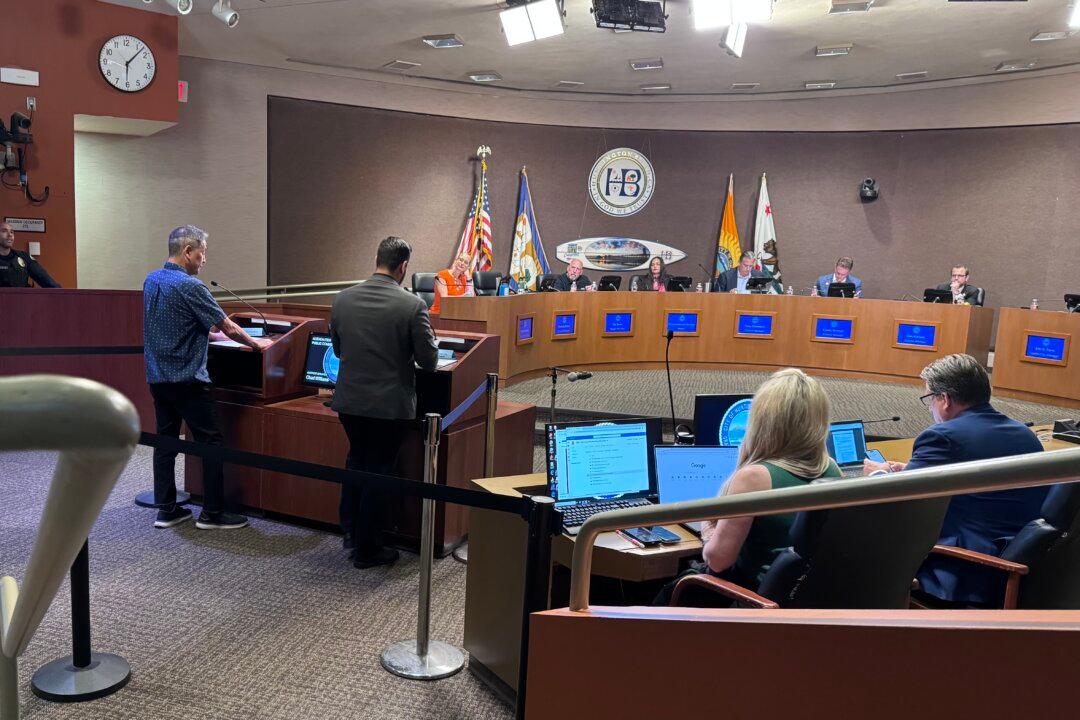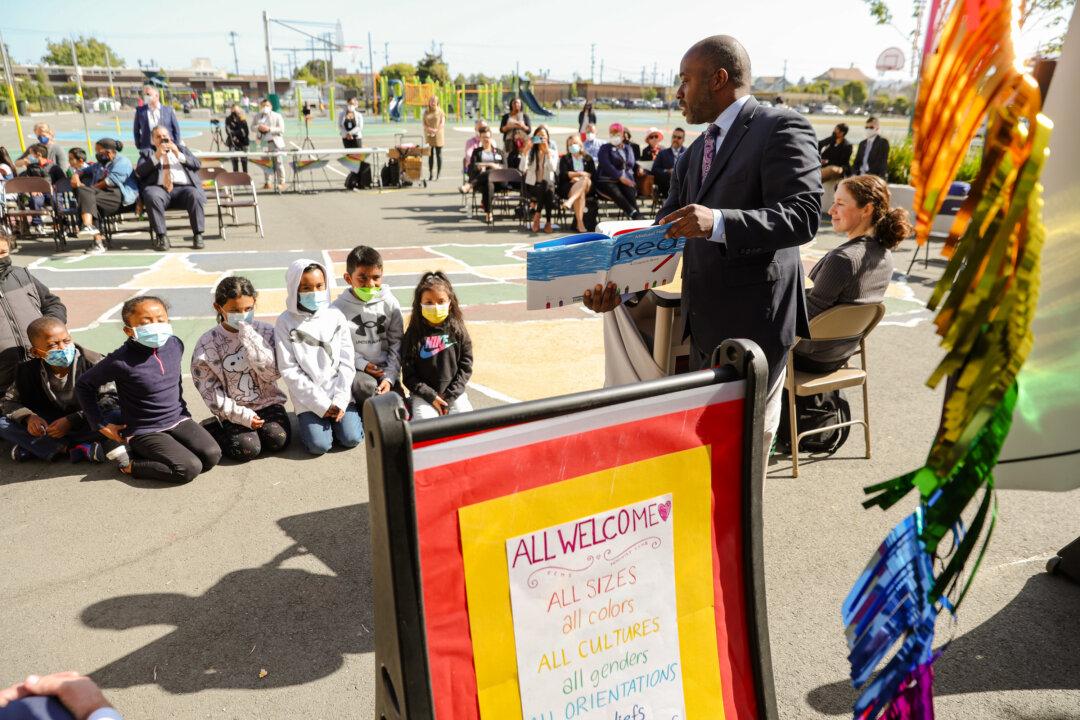California students have made little academic progress since the COVID-19 pandemic caused a drop in test scores, according to the state’s most recent academic standard test results.
California’s Smarter Balanced Test results, published Oct. 18, showed only a slight improvement in math as well as a slight decline in English language arts. Such tests are given to students in grades 3 through 8, as well as grade 11.





